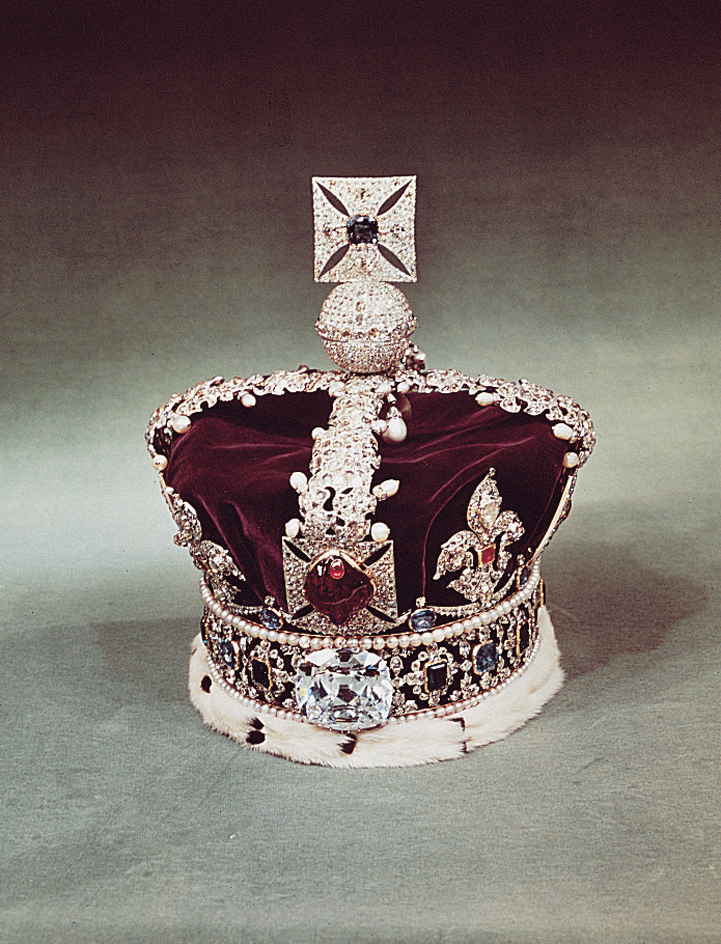Crown is a circular ornament worn on or around the head as a symbol of authority, merit, or distinction. A royal crown is a king’s or queen’s symbol of supreme authority, but is generally worn only on state occasions. Such crowns are usually made of gold, engraved, and ornamented with precious gems.
The British royal crown consists of a gold band studded with diamonds, pearls, and other precious stones. From the band rise crosses, fleurs-de-lis, and four arches, topped by a jeweled gold cross. The crown of the British ruler is regarded to be priceless. A few crowns made for princes in India have famous, valuable jewels.

The Crown is a term often used for a monarch in his or her official capacity. It also means a monarch’s rule, position, or empire, of which the crown is a symbol.
The history of crowns.
Various jeweled headdresses were worn by rulers of ancient Egypt and Assyria. The Greeks gave a crown or diadem of olive leaves to their athletes as a symbol of victory. Later the Romans adopted this custom. Their crowns were made of metal, usually gold, and were worn by the Roman emperors. From the reign of Constantine (306-337), the diadem was regarded as the symbol of royal power. Later European rulers probably borrowed the practice of wearing a crown from the Romans.
Iron Crown of Lombardy
was worn by the Lombard kings and later by the emperors of the Holy Roman Empire, who were also kings of the Lombards. It is made of gold, decorated with jewels and cloisonne enamel. Its name comes from an inner iron circlet which tradition says was beaten from a nail of the cross of Christ. Artisans probably made it in the A.D. 500’s. Charlemagne, Emperor Charles V of the Holy Roman Empire, and Napoleon I wore the Iron Crown. It is in the Cathedral of St. John the Baptist at Monza, Italy.
